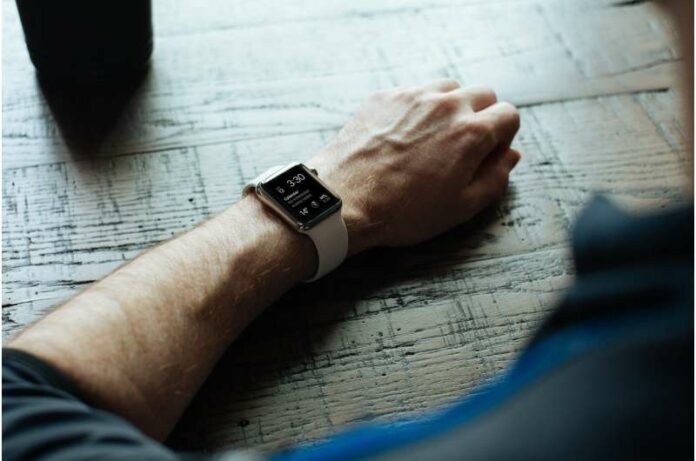The first step has been taken by scientists to create the next generation of wearable health monitors.
Human biomarkers, which measure the body’s health mostly rely on electrical signals for sensing the chemicals that everyone’s sweat excretes. However, sensors relying on perspiration need a huge amount of swear just to get a reading.
A new study suggests that wearable sensors will monitor the health of a body by detecting the gases that it releases from the skin.
The lead author of the study Anthony Annerino said,
“It is completely non-invasive and completely passive on the behalf of the user.”
Wearable devices, for example, smartwatches and fitness trackers are capable of measuring pulse rates or temperatures. However, the method by this team will allow the technology to sense biomarkers related to metabolic disorders, for example, heart diseases or diabetes.
The co-author of the study Pelagia-Iren Gouma said
“Discerning health issues through the skin is really the ultimate frontier,”
He also leads the Smart Connected Health project, which aims to support health and medicine research.
He further added,
“The project still has a couple of years to go.”
“But in six months, we should have proof of concept and in a year, we’d like to have it tested in people.”
What will the final product be?
The final product of this research by the team will be a device that can be worn in a low sweat location of the body. For example, behind the ear and the nails. Moreover, as more people start becoming familiar with wearable devices daily, Gouma expects that technology and medicine will become more intertwined.
Gouma said,
“We are developing a new generation of skin sensors, and it will really be the new norm.”
Measurement of Organic Compounds
Scientists, which also include Guoma have a vast history of measuring the concentration of the organic compounds present in our breath. They are a type of gas, and they indicate an individual’s health. For example, blowing into a beath analyzer. It is a device, which measures the amount of alcohol in blood, or it can be used to detect viruses.
However, Annerino noted that the gadget needs “active intent” because it only provides a ‘momentary snapshot” of the body. He compared it to the number of chemicals that are released from our breath when we breathe. Furthermore, he said that the team’s sensors can operate on gaseous acetone amounts that are much smaller when released from the skin.
He said,
“This is an area of research that hasn’t been nearly as well developed yet, because we’re just now producing the technology to measure lower concentrations of these gases with high selectivity.”
Testing of the Sensors
The researchers tested whether the sensors could detect the varying amounts of enlightening chemicals. Testing it would signal the presence of gaseous molecules. Hence, they created a film material using derivatives of plant cellulose and electroactive polymers. Moreover, the film bends dramatically based on the response of the detection of acetone in the environment.
Annerino’s team placed the film on solutions that contained ethanol, acetone, and water for gauging its sensitivity, repeatability, and selectivity.
Annerino said,
“We found significant bias toward bending more upon exposure to certain chemicals over others.”
Moreover, the bending takes only milliseconds, and the researchers use machine learning along with complex algorithms. It helps in recording and tracking the response of the film to different chemical solutions.
The findings showed that the films are sensitive and can track long-term changes in the body. Although the focus will remain on the metabolic rate sensor, it is possible to also track ethanol in the body. It can spell the signs of liver disease. However, more work needs to be done to see how the film is used in studies. Whether it will work as actual sensors worn on the body as per the claim by the researchers.
This study will be able to make someone’s life easier, which is one of the reasons why Annerino was eager to be a part of it.
He said,
“Not every research study has an obvious impact on society and people’s lives, but that’s something that this project in particular really has.”
What are the characteristics of an ideal biomarker?
Every ideal biomarker has certain characteristics that help in checking the conditions of diseases in an appropriate manner. A biomarker should have the following characteristics or features
- It should be safe and easy to measure
- The biomarker should be cost-efficient to follow up
- Should be modifiable based on the treatment
- Consistency across all gender and ethnic groups is the key
Biomarkers are used in the prediction of serious illnesses, for example, cardiovascular diseases and diabetes. Every biomarker indicates whether there is a disease or health issue. It can be combined for the indication of a detailed health state of a person and whether a disease diagnosis needs to be made.




